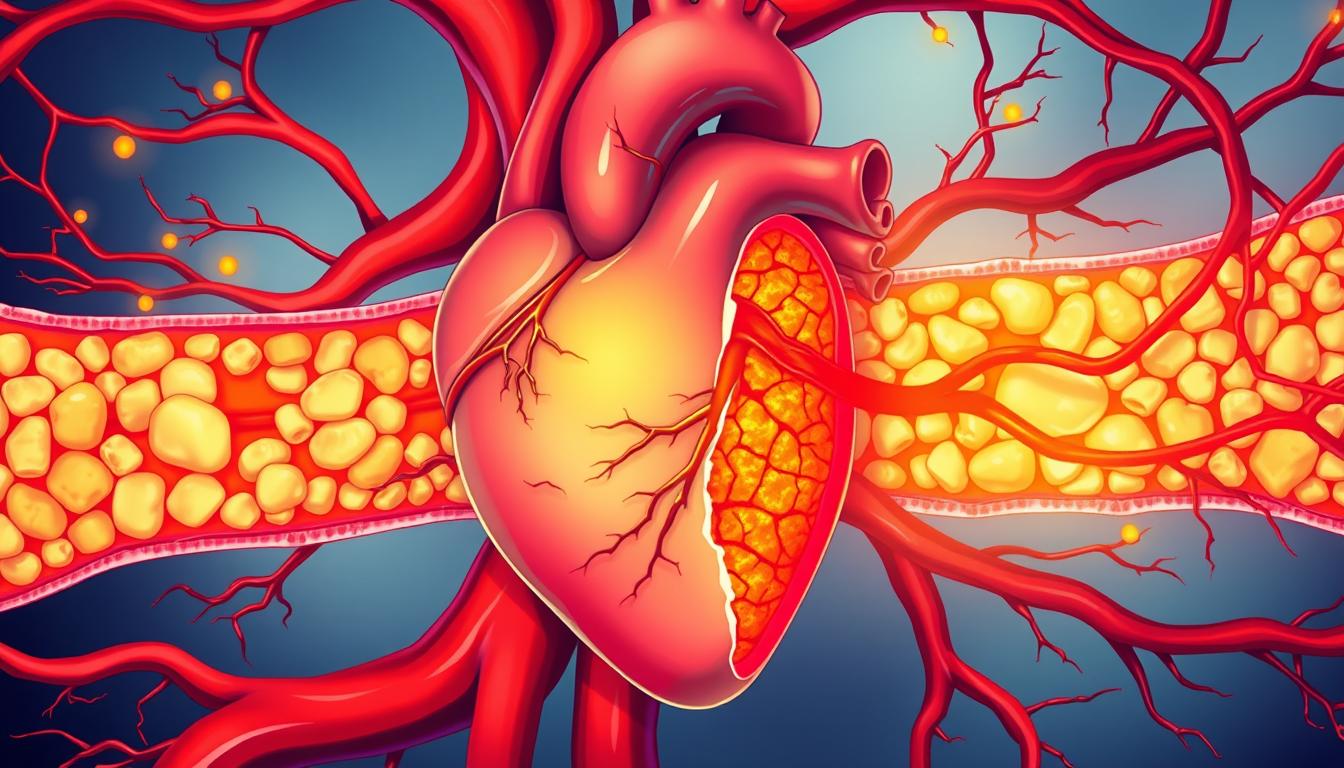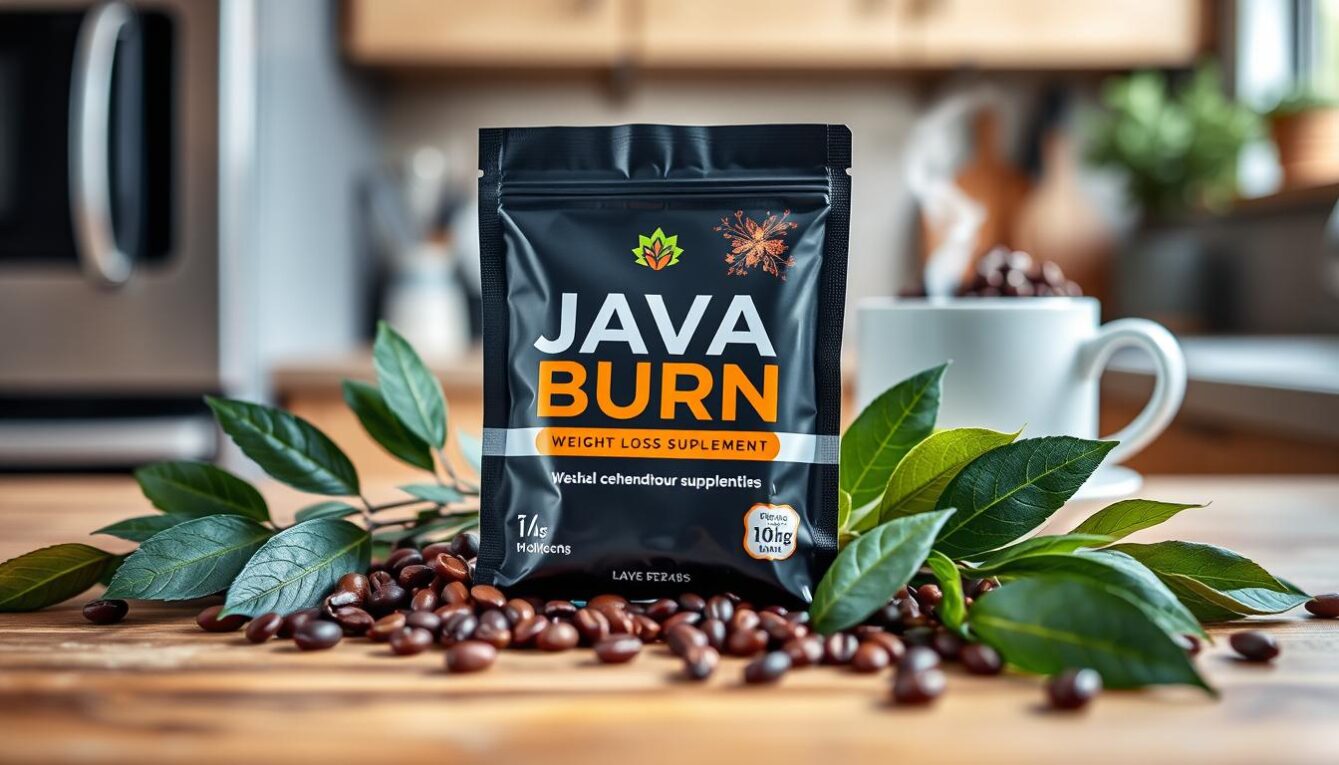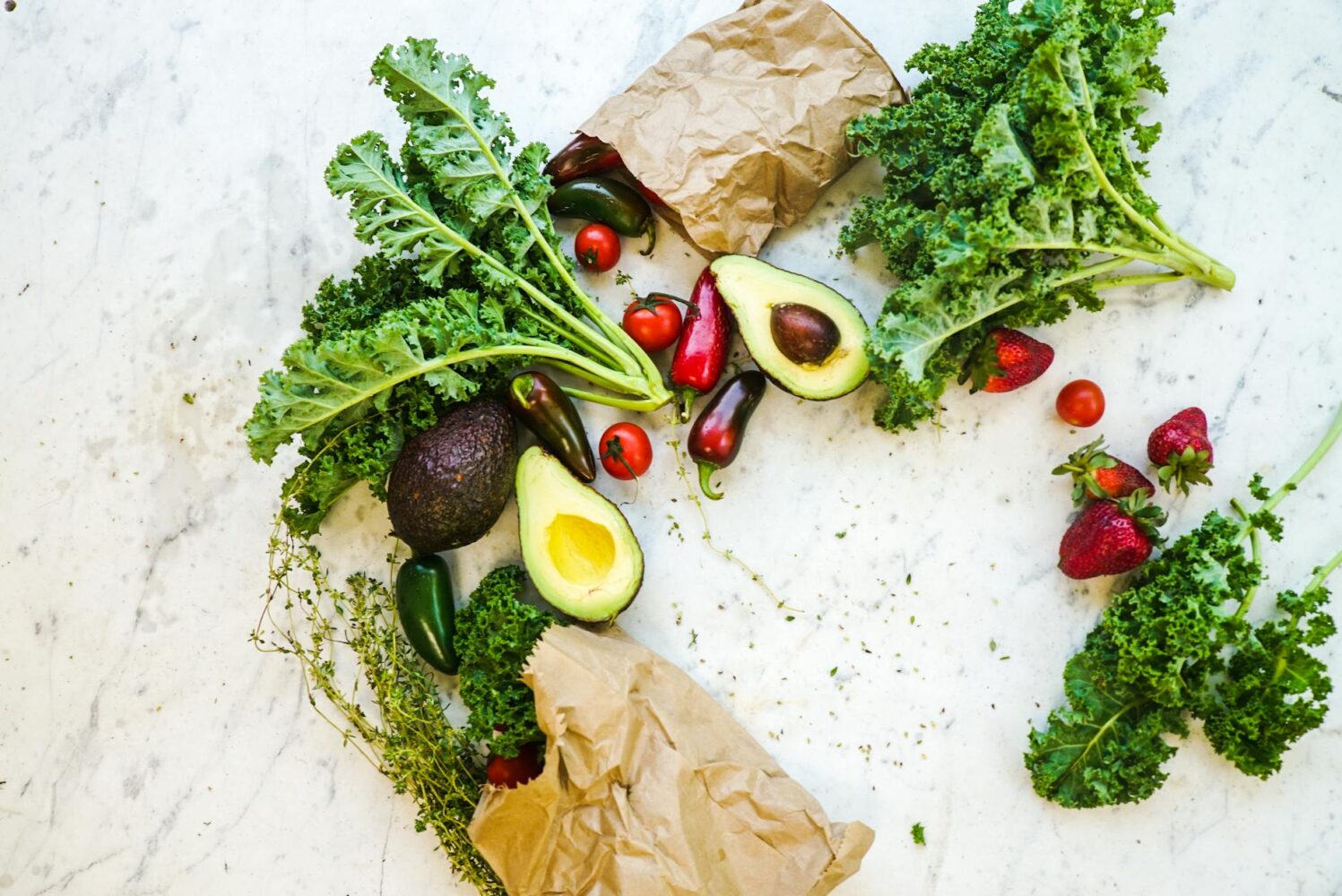Hello, dear readers! Today, we’re going to delve into the fascinating world of the Keto Diet Meal Plan. Are you ready to embark on a journey that promises not just weight loss, but a complete transformation of your health and well-being? Well, you’re in for a treat, as we explore the ins and outs of the ketogenic diet, its benefits, and how to create the perfect keto diet meal plan tailored to your needs. So, grab a cup of herbal tea, get comfy, and let’s dive right in!
Understanding the Keto Diet
First things first, let’s break down what the Keto Diet is all about. The ketogenic diet, often simply called “keto,” is a low-carbohydrate, high-fat diet designed to encourage the body to enter a state of ketosis. Ketosis is a natural metabolic state in which the body burns fat for energy instead of carbohydrates. This process leads to a plethora of health benefits, including weight loss, improved mental clarity, and increased energy levels.
How does ketosis work? It all starts with reducing your carbohydrate intake to a minimum, usually less than 50 grams per day. By doing so, your body’s glycogen stores are depleted, and it starts to rely on fat as its primary fuel source. As a result, your liver produces ketones, which are molecules that provide energy for your brain and body. This switch from carbohydrates to fat as the main energy source is what makes the keto diet so effective.
The Benefits of the Keto Diet
Now that we’ve got the basics down, let’s talk about the incredible benefits that come with a well-structured keto diet meal plan:
- Weight Loss: One of the primary reasons people turn to keto is its ability to shed those extra pounds. When your body burns fat for energy, it becomes an efficient fat-burning machine. Plus, the diet naturally reduces appetite, making it easier to consume fewer calories.
- Improved Blood Sugar Control: The keto diet can be a game-changer for individuals with type 2 diabetes or those struggling with insulin resistance. By minimizing carb intake, blood sugar levels become more stable, and some even experience a reduction in medication needs.
- Enhanced Mental Clarity: Many keto enthusiasts report improved mental focus and clarity. This could be attributed to the steady supply of energy provided by ketones, which are excellent brain fuel.
- Increased Energy Levels: Say goodbye to those mid-afternoon energy slumps. Ketosis ensures a constant flow of energy, helping you stay alert and active throughout the day.
- Better Heart Health: Contrary to the misconception that high-fat diets are bad for your heart, keto can actually improve heart health. It can lower triglyceride levels, increase good HDL cholesterol, and reduce blood pressure.
- Epilepsy Management: The keto diet was originally developed in the 1920s to treat epilepsy, and it remains an effective option for those with drug-resistant seizures.
- Potential Cancer Therapy: Some early studies suggest that the keto diet may help slow the growth of certain cancer cells, though more research is needed in this area.
Creating the Perfect Keto Diet Meal Plan
Now that you’re convinced of the numerous benefits of the keto diet, let’s get into the nitty-gritty of creating a keto diet meal plan that suits your needs and lifestyle. Remember, a well-structured meal plan is the key to success on this journey.
- Calculate Your Macros: To get started, you’ll want to determine your macronutrient ratios. The standard keto breakdown is approximately 70-75% fat, 20-25% protein, and 5-10% carbohydrates. This ensures that your body remains in a state of ketosis.
- Choose Quality Fats: Opt for healthy fats like avocados, nuts, seeds, olive oil, and fatty fish. These fats not only support ketosis but also provide essential nutrients.
- Protein Sources: Include lean sources of protein like poultry, fish, and tofu. Be mindful not to overconsume protein, as excessive protein intake can interfere with ketosis.
- Low-Carb Vegetables: Load up on non-starchy vegetables like leafy greens, broccoli, cauliflower, and zucchini. They’re rich in fiber and essential vitamins while being low in carbs.
- Snacking Wisely: When it comes to snacks, choose keto-friendly options such as cheese, nuts, and Greek yogurt with no added sugar.
- Stay Hydrated: Adequate hydration is crucial on the keto diet. Drink plenty of water, and consider adding electrolytes to your routine to prevent the “keto flu.”
- Meal Prep: Planning and preparing your meals in advance can save you time and ensure you stick to your keto goals.
Sample Keto Diet Meal Plan
Let’s put theory into practice with a sample one-day keto diet meal plan:
Breakfast
- Scrambled eggs with spinach and feta cheese cooked in coconut oil.
- A side of sliced avocado.
Lunch
- Grilled chicken breast served on a bed of mixed greens with olive oil and vinegar dressing.
- A handful of cherry tomatoes.
Snack
- Greek yogurt with a sprinkle of chia seeds and raspberries.
Dinner
- Baked salmon with a garlic and herb butter sauce.
- Steamed broccoli drizzled with olive oil.
- Cauliflower mash with cream and butter.
Dessert (optional)
- A small serving of sugar-free dark chocolate.
Remember, this is just one example, and there are endless possibilities for delicious keto meals. Feel free to get creative and adapt your meal plan to suit your tastes and dietary requirements.
Common Mistakes to Avoid
As with any diet, there are some common mistakes that people make when following the keto diet. Here are a few to be aware of:
- Ignoring Quality: Not all fats and proteins are created equal. Focus on healthy, whole food sources rather than processed options.
- Not Tracking Carbs: It’s easy to underestimate carb intake, so keep track of your daily carb count to stay in ketosis.
- Inadequate Hydration: Dehydration can lead to discomfort and poor results. Drink water consistently and consider electrolyte supplements.
- Overdoing it on Dairy: While dairy is allowed on keto, some people may be sensitive to it or consume too much, which can hinder progress.
- Lack of Fiber: Make sure you’re getting enough fiber from low-carb vegetables to support digestive health.
In the world of diets, the keto diet stands out as a powerful tool for achieving not just weight loss, but overall health and wellness. By understanding the principles of ketosis, the benefits of the diet, and how to create a personalized keto diet meal plan, you can embark on a journey to transform your life.
Remember, the keto diet is not a one-size-fits-all solution, and it’s important to consult with a healthcare professional before making any major dietary changes, especially if you have underlying health conditions.
As you embark on your keto journey, embrace the delicious and diverse range of foods that this diet offers. Whether you’re aiming to shed a few pounds, improve your mental clarity, or enhance your overall well-being, the keto diet may just be the key to unlocking a healthier, happier you.
So, my dear readers, are you ready to take the plunge into the world of keto? and try the keto diet meal plan, I can’t wait to hear about your successes, your challenges, and your delicious keto creations. Until next time, stay healthy, stay happy, and keep shining bright!













